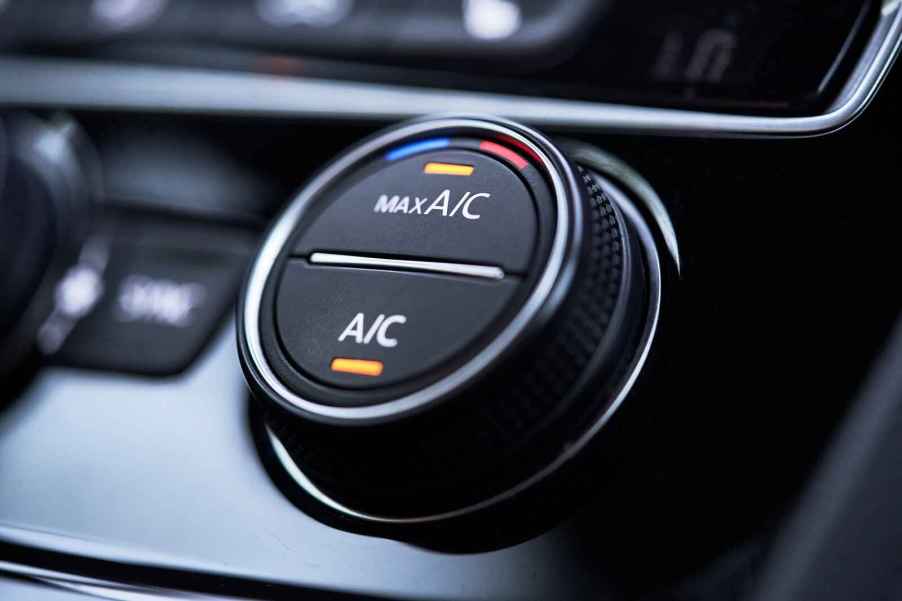
3 Most Common Car AC Failures According to an Expert
After college, I spent a decade writing car repair service at a shop full-time. In the Midwest, I could expect folks to address certain issues seasonally. For instance, in colder months, we saw many “no heat” conditions. In the summertime, “Customer states AC blows warm” was a common ticket. Here are the three most common car AC failures I saw while writing service.
A vehicle’s air conditioning system operates much like a refrigerator in your home. Air is passed over refrigerant—or freon—containing components, which are very cold. The air is then sent to the area it’s meant to keep cold. In a car’s case, this is out the cabin vents and into the passenger space. Then, the air is recirculated through the system to maintain the passengers’ selected temperature setting.
Low freon
Car AC systems are closed, meaning that freon, the cooling agent, should not be low or released into the environment. Most often, cabin air is blowing warm due to a leak. A tech will need to hook up freon recovery equipment. After that, they’ll monitor system pressure and note how much freon is pulled out. Most commonly, the freon is low, which indicates a leak in the system somewhere.
Since freon is naturally invisible, the tech would need to recharge the system and inject an ultraviolet dye. If the leak is huge, the tech may be able to immediately use special glasses, a light, or even a freon “sniffer” to quickly spot the opening in the system. If the leak is very small, you might need to run the AC for some time before the dye collects at the leak location.
Common leak locations include seals, metal supply and return lines, the AC condenser, and sometimes the AC compressor. Expect to pay for the time spent diagnosing the leak and then any parts and labor associated with fixing it. Some metal lines, like in minivans, are very long and routed all along the vehicle frame. Fingers crossed that it’s just a little seal somewhere in the engine bay.

AC compressor failure
The compressor is the literal “heart” of a car’s AC system. It does what it’s named: compress freon from low to high pressure. It’s located in the engine bay and has a belt pulley bolted to the front of it. Some folks might mistake it for the alternator, but it doesn’t have a vented case.
If you have a condemned AC compressor, be prepared for a less-than-pleasant replacement estimate. Typically, to uphold the warranty on the compressor swap, the shop must also replace the evaporator and receiver/dryer. This means additional labor and parts costs.
You might discuss options with the advisor, like whether an aftermarket or even remanufactured compressor can be installed for less than an OEM part from a dealership department.
Faulty relay
Electrical components also control car AC systems. The most common electrical failure I witnessed was a faulty AC compressor control relay. This was especially the case with used Hondas.
The relay is a square plug inside the vehicle’s fuse box, which is at the side of the engine bay. There will be multiple relays with identical part numbers. Various positions in the fuse box serve different systems but require the same simple relay. Identify the AC control relay. This is probably one of the cheapest car AC issues to fix.
When there’s an issue, most car AC systems require professional diagnosis and repair. While some problems can be resolved without special equipment, most involve freon evacuation and recharge, additional tools and parts, and, of course, technical know-how.



